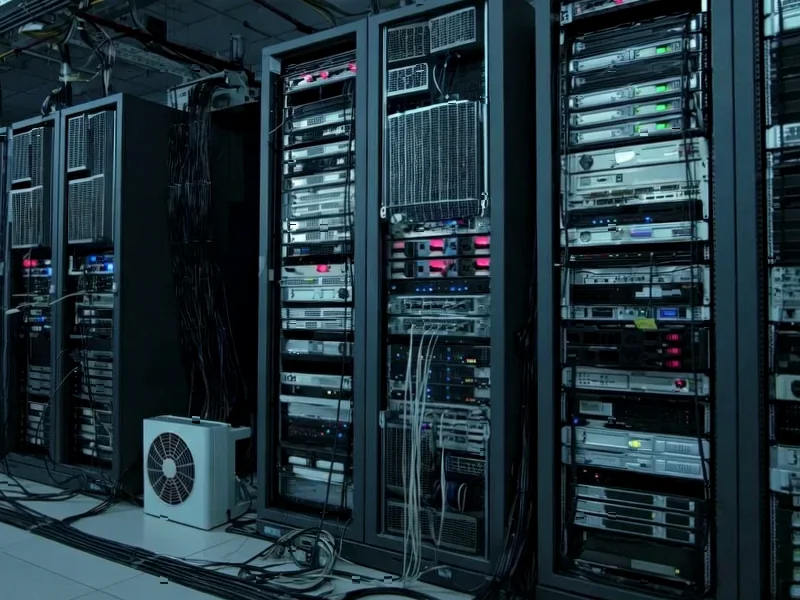According to TheRegister.com, power management company Eaton is acquiring Boyd Thermal from Goldman Sachs Asset Management for a staggering $9.5 billion, representing 22.5 times Boyd’s estimated 2026 earnings. Digital infrastructure firm Vertiv is simultaneously buying PurgeRite Intermediate LLC for approximately $1 billion in cash, with potential for another $250 million in performance-based payouts. Boyd Thermal is projected to generate $1.7 billion in sales by 2026, with $1.5 billion coming specifically from liquid cooling technology. The Eaton deal is expected to close in Q2 2026 pending regulatory approval. These acquisitions come as heat dissipation accounts for 30-45% of total datacenter energy costs according to some estimates, creating massive pressure to improve cooling efficiency in AI factories and high-performance computing infrastructure.
<h2 id="cooling-crisis”>The Cooling Crisis Is Real
Here’s the thing – we’re not just talking about making servers a bit more efficient. When heat management eats up nearly half your energy budget, you’ve got a fundamental problem. And with AI workloads pushing compute density to insane levels, traditional air cooling just doesn’t cut it anymore. These aren’t your grandfather’s datacenters – we’re talking about infrastructure where cooling costs can make or break profitability. The sheer scale of these acquisitions tells you everything: this isn’t a niche concern anymore.
Two Different Plays, Same Goal
What’s fascinating is how these two companies are attacking the problem from different angles. Eaton is buying the actual liquid cooling technology itself – the hardware that moves heat away from those blazing-hot AI chips. Vertiv? They’re going after the maintenance side with PurgeRite’s flushing and filtration services. Basically, Eaton sells you the cooling system, Vertiv makes sure it doesn’t gunk up and fail. Both approaches recognize that liquid cooling isn’t a “set it and forget it” solution – it requires ongoing care and feeding to maintain peak performance.
What This Means for Everyone Else
So where does this leave smaller players? Looking at these price tags – Eaton paying 22.5 times earnings – you’ve got to wonder if there’s a cooling tech bubble forming. But the numbers suggest otherwise. McKinsey estimates datacenters will need $6.7 trillion in investment by 2030 just to keep up with compute demand. For enterprises running their own infrastructure, the message is clear: if you’re not planning for liquid cooling, you’re probably not serious about AI. The energy math simply doesn’t work without it at scale.
The Ripple Effects
We’re likely seeing just the beginning of a massive consolidation wave in cooling technology. Schneider Electric’s $850 million move for Motivair last year now looks almost modest by comparison. And think about the construction side – with new datacenters being built specifically for AI from the ground up, liquid cooling is becoming a foundational requirement rather than an afterthought. The real question isn’t whether liquid cooling is coming, but how quickly existing facilities can retrofit. For many, that transition might be financially impossible, creating a two-tier system where only the biggest players can afford to run the most demanding AI workloads efficiently.




